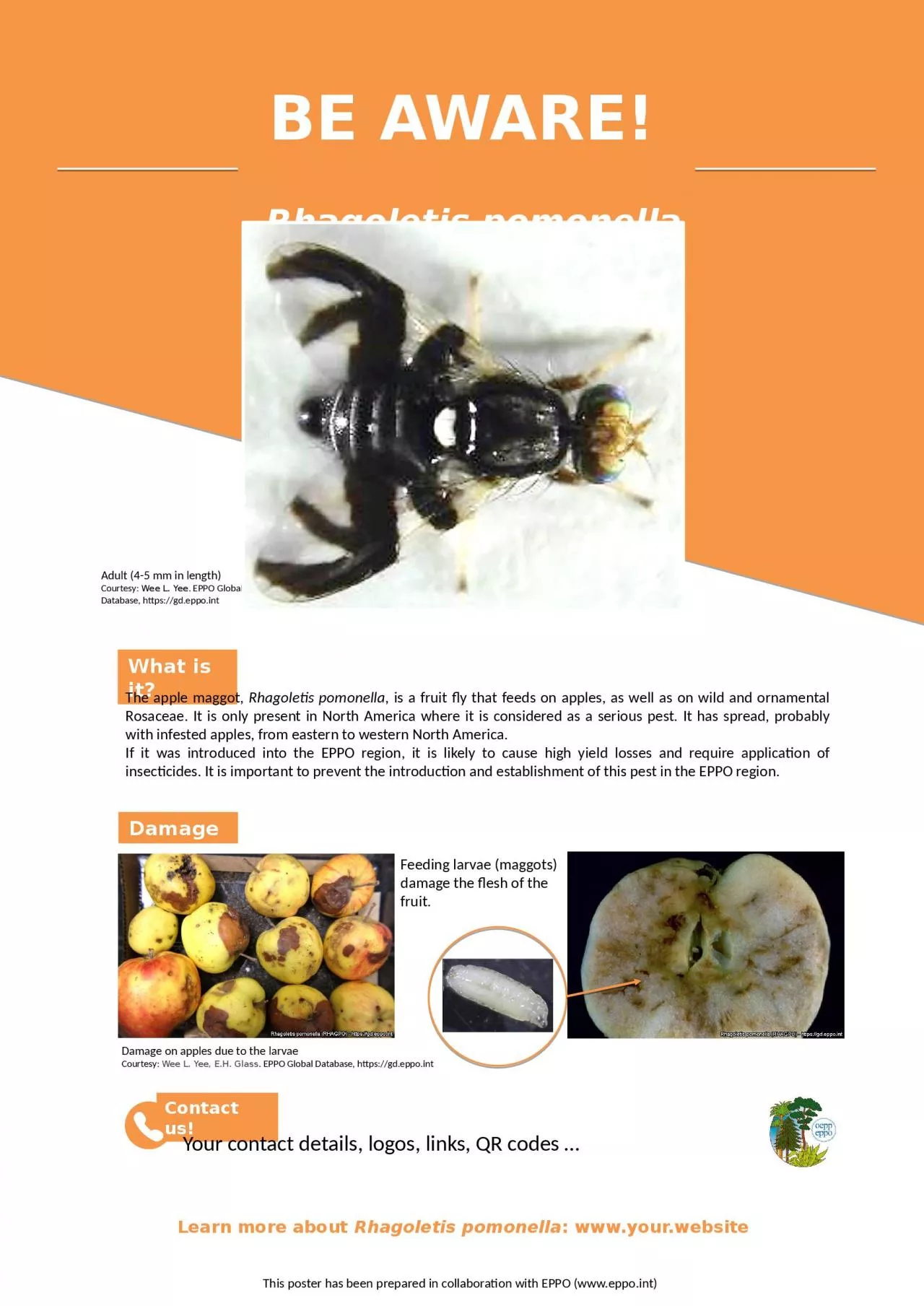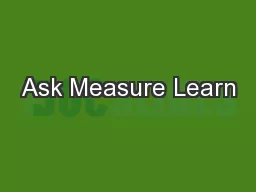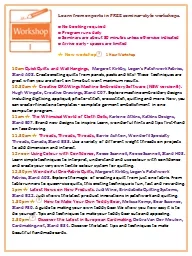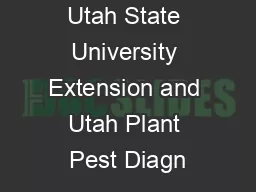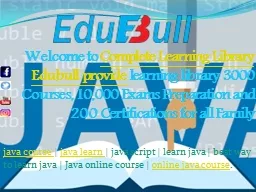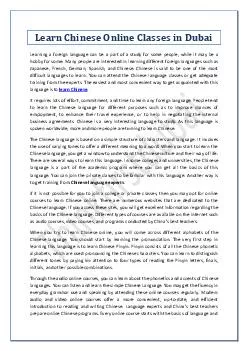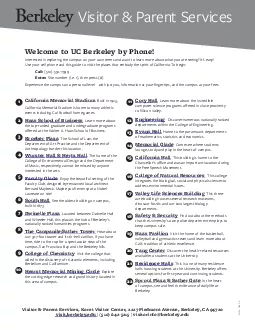PPT-Learn more about Rhagoletis pomonella
Author : rodriguez | Published Date : 2024-03-15
wwwyourwebsite What is it Damage BE AWARE Rhagoletis pomonella A threat to apple Contact us Your contact details logos links QR codes The apple maggot Rhagoletis
Presentation Embed Code
Download Presentation
Download Presentation The PPT/PDF document "Learn more about Rhagoletis pomonella" is the property of its rightful owner. Permission is granted to download and print the materials on this website for personal, non-commercial use only, and to display it on your personal computer provided you do not modify the materials and that you retain all copyright notices contained in the materials. By downloading content from our website, you accept the terms of this agreement.
Learn more about Rhagoletis pomonella: Transcript
Download Rules Of Document
"Learn more about Rhagoletis pomonella"The content belongs to its owner. You may download and print it for personal use, without modification, and keep all copyright notices. By downloading, you agree to these terms.
Related Documents

